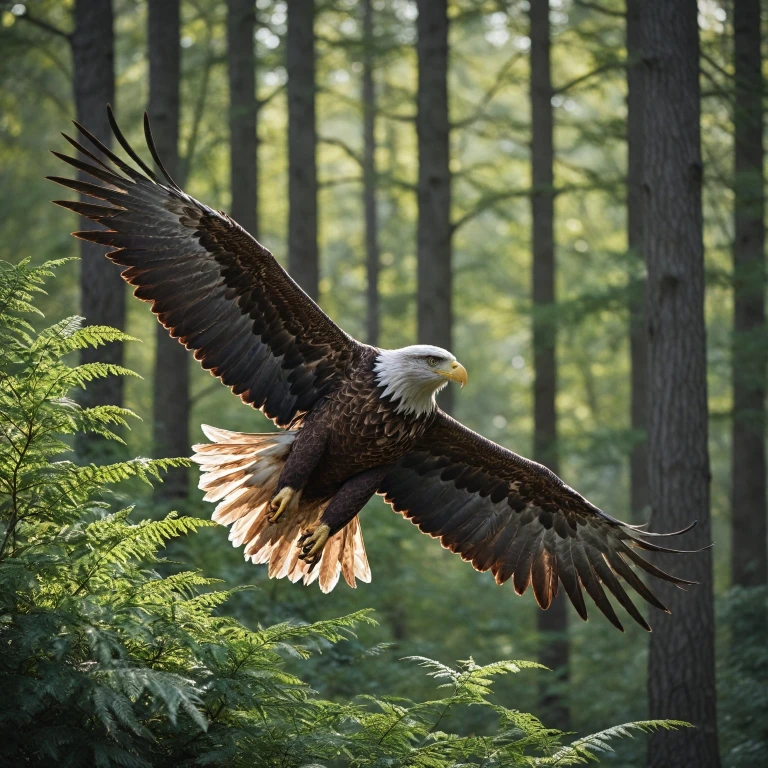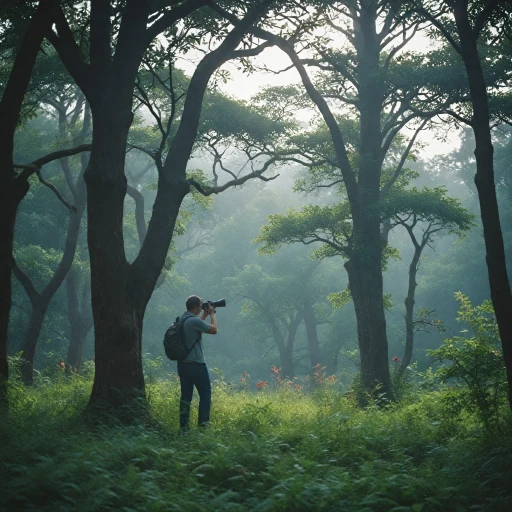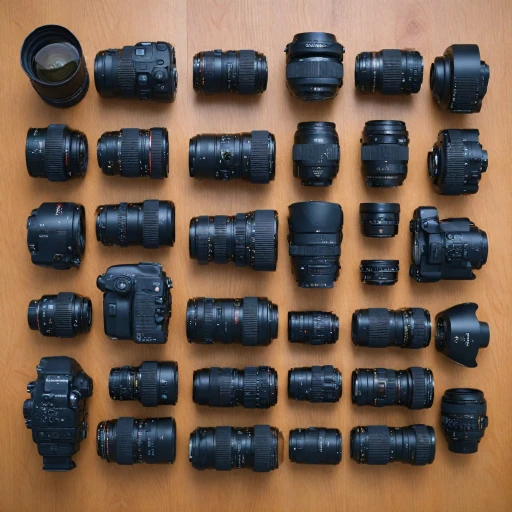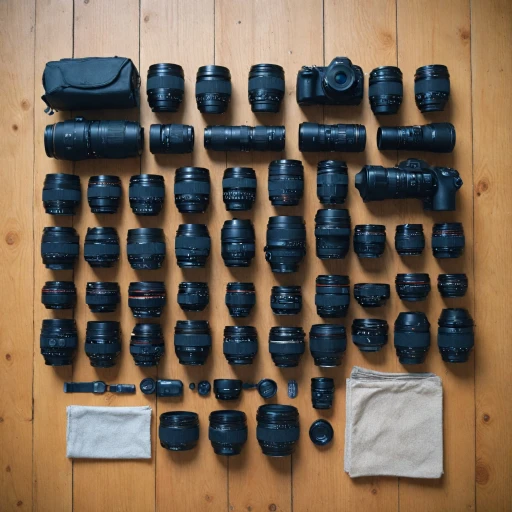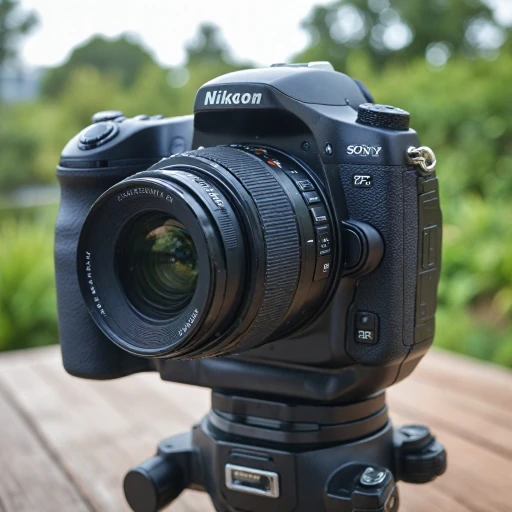Understanding the RF100-400mm f5.6-8 IS USM Lens
Unveiling the Versatility of the RF100-400mm f5.6-8 IS USM Lens
The RF100-400mm f5.6-8 IS USM lens by Canon is a game-changer when it comes to capturing wildlife photography. This telephoto zoom lens is purposefully designed to cater to the unique demands of wildlife photographers. With a focal length range of 100-400mm, it allows you to capture detailed images from afar, without disturbing the natural behavior of your subjects.
The RF100-400mm lens boasts a blend of advanced technology and precision. The Canon USM (Ultrasonic Motor) ensures fast, accurate, and noiseless autofocus, crucial when photographing elusive wildlife. Its Image Stabilizer (IS) reduces the risk of blurring, accommodating for slight movements, and enabling sharper images, even at extended focal lengths.
This lens, with a maximum aperture of f5.6-8, manages to maintain a balance between width and depth, enabling photographers to achieve notable background separation. Although the aperture may not be as wide as some other lenses, the RF100-400mm aims for versatility and accessibility, especially when you consider its compactness and ease of handling.
Canon has ensured this telephoto lens is relatively lightweight, making it easier to carry around during those long wildlife expeditions. It is compatible with EOS R cameras, streamlining the loading process and CLS (Canon Lens System) integration. Not only does it deliver high-quality images, but it also proves to be a reliable component in a photographer's kit, thanks to Canon's established reputation in the photography world.
The lens's build comes with a fill stroke design, contributing to its robust structure and enabling photographers to focus on capturing images without fuss. Verified purchase reviews often highlight the general satisfaction among users, particularly appreciating its standard delivery performance and shipping reliability.
For photographers looking to expand their equipment, using custom skins can further enhance your camera setup. Check this guide on enhancing your camera with custom skins for additional customization options.
Key Features for Capturing Wildlife
Key Characteristics for Wildlife Enthusiasts
When venturing into wildlife photography, selecting the appropriate tool is paramount in capturing those breathtaking moments in nature. The RF100-400mm f5.6-8 IS USM lens is an excellent companion for this pursuit, thanks to its telephoto zoom capabilities which make it easy to photograph subjects from a distance without interfering with their natural behaviors. One of the lens's standout features is its versatile focal length range, providing an adequate zoom to bring distant wildlife into sharper focus. The lens ensures a balanced width and zoom capacity suitable for both novice and seasoned photographers. Additionally, the Canon USM technology incorporated into this lens allows for swift and quiet focusing. This is especially crucial in wildlife photography, where minimizing noise helps prevent startling your subjects. Moreover, the RF100-400mm lens accommodates a dynamic range of lighting conditions with its effective aperture settings. Although the aperture is variable at f5.6-8, the lens compensates with an enhanced image stabilization system. This system provides vertical and horizontal correction, ensuring clarity even in low-light situations and enhancing the stroke width of your captured images. As photographers work in unpredictable environments, the lens offers an efficient cls loading feature, ensuring seamless adjustments and transitions with minimal delay. The construction of the lens is hardy, making it a reliable choice when standard delivery modes may not suffice, considering terrain and climate challenges. For those who prefer comparing their options or are considering pre-owned alternatives, exploring pre-owned options that include the top Canon lenses for capturing wildlife is a worthy step. Overall, the RF100-400mm lens provides a well-rounded package for capturing wildlife, offering both versatility and performance that can elevate your photography experience.Tips for Shooting Wildlife with the RF100-400mm Lens
Strategies for Successful Wildlife Photography with Your RF100-400mm Lens
Photographing wildlife is thrilling but comes with its own challenges and requirements. Utilizing your Canon RF100-400mm f5.6-8 IS USM lens effectively can make a significant difference in capturing those stunning images of nature. First and foremost, it's important to choose the right focus mode. The autofocus offered by the USM lens is quick and efficient for capturing fast-moving subjects like birds in flight or a deer darting through a forest. Leveraging the telephoto zoom capabilities allows you to keep a safe distance while observing animals up close. Here are some key tips to enhance your wildlife photography experience:- Maximize Aperture Control: When working in low-light conditions, understanding how to manipulate the aperture width is crucial. The RF100-400mm lens has a variable aperture range of f5.6-8, allowing you to adapt based on the lighting and desired depth of field. Adjusting this setting will help maintain the balance between focus and background blur.
- Stability and Image Stabilization: The built-in image stabilization technology is a game-changer for handheld shooting. Given the approximate vertical lens length and the potential shake from zooming at higher focal lengths, using a tripod may also be beneficial to improve sharpness further.
- Experiment with Depth and Composition: Playing with the compositional elements of your shots, such as stroke width and opacity, can transform your photos. Keeping your main subject in focus while allowing the background to softly blur can yield striking results. Consistent practice will help you gauge how much fill stroke or opacity loading is best for your images.
- Understanding Wildlife Behavior: Having a basic understanding of animal behavior can vastly improve your chances of capturing those awe-inspiring moments. This preparation could involve tracking certain species' movements or verifying popular spots where they are often observed.
- Software and Gear Compatibility: Ensure your gear such as cameras and memory cards is properly matched and in peak condition for shooting. Compatibility checks can impede unnecessary interruptions and ensure a smoother experience when capturing wildlife. If you're unsure about choosing the best memory cards for your camera, you can find more information here: choosing the best memory cards for your Sony A7V.
Comparing the RF100-400mm Lens with Other Lenses
Evaluating Lens Performance in Wildlife Contexts
When it comes to wildlife photography, choosing the right lens can make all the difference. The RF100-400mm f5.6-8 IS USM lens offers a broad focal length range that is ideal for distant subjects—quite essential in capturing animals in their natural habitat without disturbing them. The telephoto zoom capabilities allow photographers to zero in on the ever-elusive, fast-moving wildlife with ease.
However, how does this lens stack up against other available telephoto lenses? Here's a breakdown of what makes the RF100-400mm f5.6-8 IS USM stand out and some considerations when comparing it to other options:
- Zoom Range: The 100-400mm range offers versatility, making it suitable for various wildlife scenarios. Some lenses may offer a greater or lesser range, but this lens finds a sweet spot between flexibility and convenience.
- Image Quality: With the Canon USM technology, the lens provides consistent, sharp images. The image stabilization (IS) feature helps in maintaining clarity, especially with the relatively narrow aperture.
- Weight and Portability: While some telephoto lenses might be hefty, the RF100-400mm is designed for handheld shooting, making it easier to carry during extended wildlife expeditions. Its approx vertical load can affect the balance but is generally manageable.
- Focus and Aperture: The autofocus system is reliable and quick, even in challenging light conditions. Although the aperture range of f5.6-8 might seem limiting to some, with proper technique, it compensates by delivering decent opacity loading in a variety of lighting conditions.
- Price Point: Compared to high-end lenses, this Canon lens is more accessible while still delivering verified purchase satisfaction from users who often cite its value for money.
Ultimately, when comparing lenses for wildlife photography, it is essential to assess factors like the lens’s stroke width, fill stroke functionality, and how these features contribute to successful image capturing in specific environments. Moreover, understanding the potential loading cls characteristics can aid in managing shots with dynamic subjects.
Challenges in Wildlife Photography and How to Overcome Them
Overcoming Natural Obstacles in Wildlife Photography
Wildlife photography comes with its unique set of challenges, often testing even the most seasoned photographers. With the RF100-400mm f5.6-8 IS USM lens, one may face particular hurdles, yet there are ways to effectively combat these issues to capture stunning images.
Distance and Focal Length: One of the primary challenges is the physical distance between the subject and the camera. Wildlife photography often involves capturing subjects from a distance, making the focal length a crucial factor. The extended range of the RF100-400mm lens allows you to bridge that gap, providing ample telephoto zoom capabilities. Its focus on a wide range ensures that you get close to your subject without intruding on their space.
Lighting and Aperture Management: Natural lighting conditions can be unpredictable. Adjusting to varying light situations is key, and the lens’s aperture setting plays a crucial role. Careful control of the aperture is necessary to maximize light intake, especially during dawn or dusk when lighting is minimal. The lens's capacity to manage aperture ensures balanced exposure, which helps in reducing image opacity and the need for excessive post-processing.
Maintaining Steady Images: Keeping your camera steady in the field is essential, given the possibility of motion blur. The in-built image stabilization feature of the RF100-400mm helps significantly reduce the blur that might occur due to hand movement or unstable ground surfaces, allowing more verified purchases to emulate this chance in the wild.
Environment and Weather Conditions: Nature is full of surprises, from unexpected weather changes to challenging terrains. Protecting your equipment from environmental elements is crucial. The RF100-400mm’s build quality ensures durability while maintaining performance, especially when dealing with fluctuating conditions. Consider combining this with a sturdy tripod for extra stability.
Utilizing the RF100-400mm’s features judiciously can turn these challenges into opportunities for creating unique and compelling wildlife images. The lens is engineered to alleviate some of the natural dividers between you and the subject, offering you a chance to capture moments that feel immersive and vivid.
Post-Processing Tips for Wildlife Photos
Enhancing Your Wildlife Photos Through Post-Processing
Capturing stunning wildlife shots with the RF100-400mm f5.6-8 IS USM lens is an exhilarating experience. However, post-processing is where the raw beauty of your images can truly stand out and make an impact. Whether you're using Adobe Lightroom, Photoshop, or other photo editing software, these tips will help elevate your wildlife photography.- Start with Basic Adjustments: Start by adjusting the exposure, contrast, and white balance. The RF100-400mm lens, with its wide zoom range and telephoto capabilities, can capture scenes with variable lighting. Make sure to correct any lighting discrepancies for a more natural appearance.
- Sharpen Your Images: Wildlife images can benefit greatly from sharpening. Adjust the sharpness to make the subject stand out against the background, emphasizing the details captured by the USM lens's excellent focus capabilities.
- Use Filters and Lens Corrections: Utilize lens correction features to reduce distortion and vignetting, commonly encountered in telephoto lenses. Applying subtle filters can enhance the scene's mood, whether to invoke a warm sunrise or a cool evening hue.
- Efficient Cropping: Properly cropping your image can focus attention on the wildlife subject, filling the frame and correcting composition issues that occurred during the initial shoot. Remember, the aim is to maintain an engaging focal point without losing important elements.
- Color Grading for Impact: Enhance the natural colors of your photos. Whether it's the vibrant plumage of a bird or the lush backdrop of a forest, adjusting the saturation and vibrancy can result in a lively image.
- Control Noise and Clarity: Telephoto zoom lenses like the RF100-400mm often operate at higher ISOs to capture movement. Use noise reduction tools to eliminate graininess while simultaneously adjusting clarity to maintain detail.
- Adjustment Layers for Precision: Utilize adjustment layers for more precise edits. This feature allows you to target specific areas of your image for adjustments without altering the entire photo, a technique particularly useful in wildlife photography to enhance the subject.
